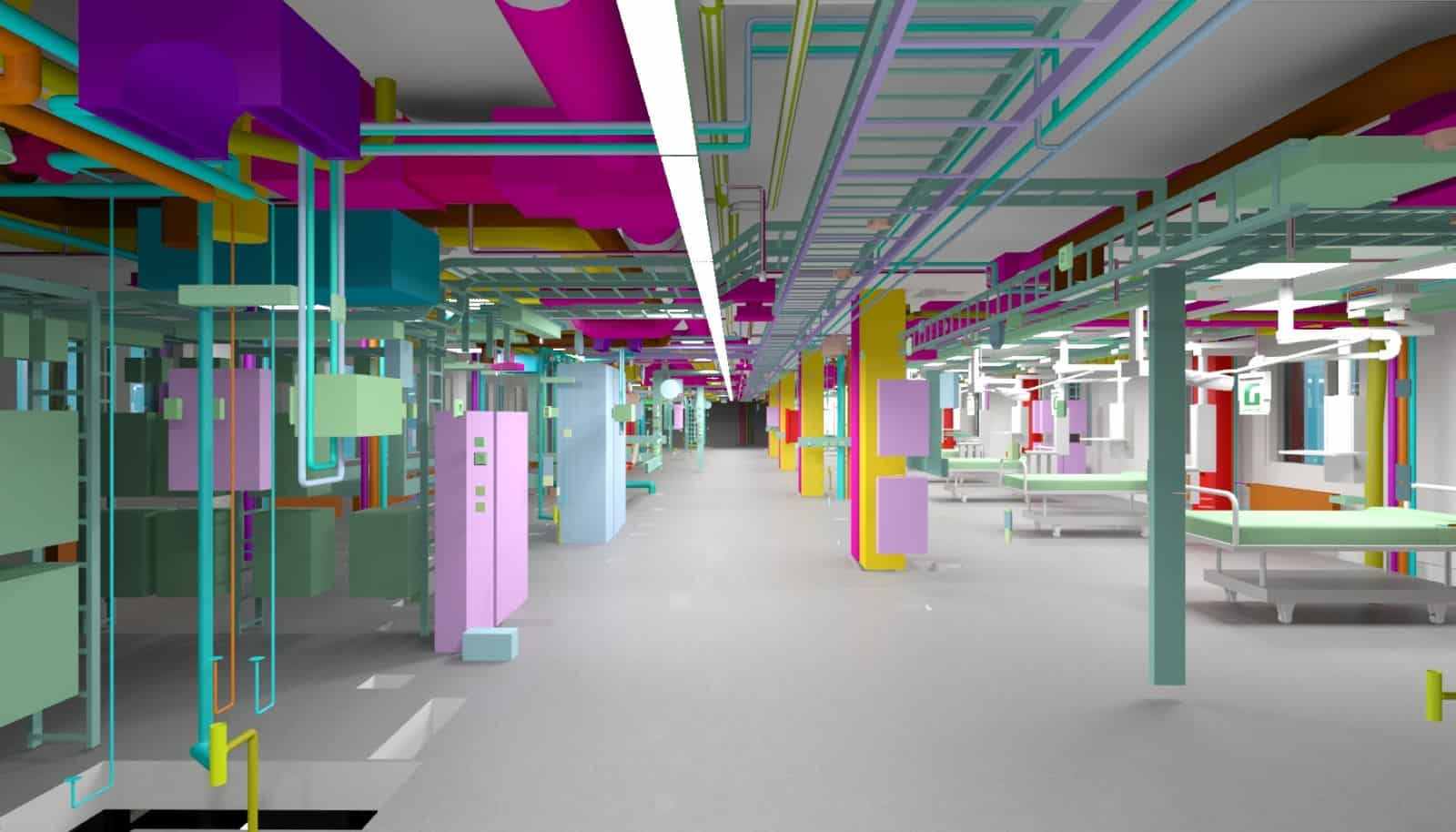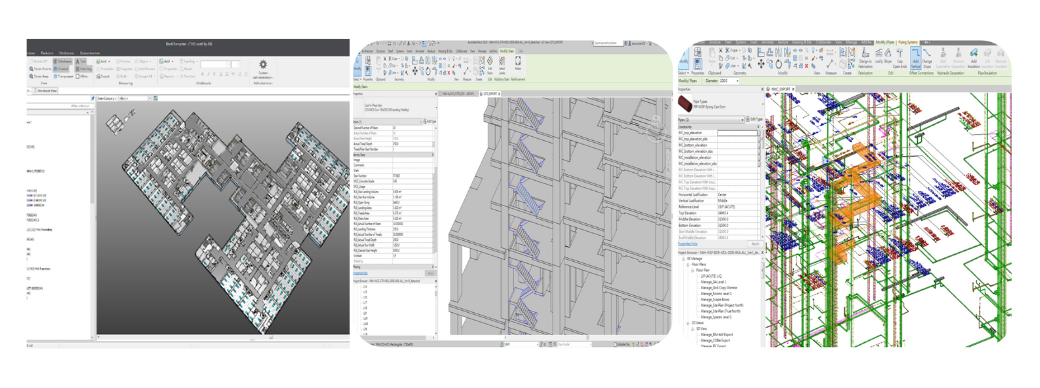The prevailing pandemic is a wake-up call for governments around the world. The healthcare infrastructure in most if not all countries or regions is grossly inadequate or outdated to cope with the impact of any major healthcare crisis.
Even before the pandemic, the Hong Kong SAR government had plans to upgrade hospital hardware, equipment and space of public hospitals in Hong Kong.
The First 10-Year Hospital Development Plan
In 2016, the government earmarked HK$200 billion (about US$25.6 billion) to implement the first 10-year Hospital Development Plan (HDP) which includes:
- Construction of one New Acute Hospital at Kai Tak Development Area,
- Redevelopment / Expansion of eleven existing hospitals,
- Construction of three new Community Health Centres, and
- Construction of one new Supporting Services Centre.
On completion, the first 10-year HDP will have delivered:
- Around 5,000 additional hospital bed spaces,
- Around 90 additional operating theatres,
- Around 430,000 additional annual capacity of general outpatient clinic attendances, and
- Around 2,800,000 additional annual capacity of specialist outpatient clinic attendances.

Building Information Modelling (BIM)
The Hospital Authority (HA) of Hong Kong has been entrusted to manage the design and construction of the majority of the projects under the first 10-year HDP. It has engaged consultants of various specialties to carry out the design with the goal to achieve the best international practice, innovative designs, efficient and effective planning and state of the art technology. To further utilize resources in an effective manner, HA has taken a step forward with the implementation of various innovative technologies to enhance the design and planning of hospitals and to secure that the hospitals would be delivered as scheduled.

One of the major tools introduced is the use of Building Information Modelling (BIM) for design, construction and ultimately for the facility management of the hospitals after project completion. With the implementation of BIM, it is fundamentally transforming the way how the industry operates. It is a paradigm shift from the traditional way of designing separately by each discipline to working together and collaborating through the Common Data Environment (CDE).
From the design and planning perspective, the use of BIM would be beneficial in the following ways:
- Facilitate end users engagement process with better visualization and precise location of provisions;
- Facilitate simulation for end users under various conditions;
- Facilitate spatial coordination to reduce clash and discrepancies;
- Facilitate cross discipline coordination with real time updates through the Common Data Environment (CDE); and
- Facilitate quantity take off for tender preparation.
From the construction perspective, BIM would facilitate the following:
- 3D coordination of various trades and 4D simulation for constructability;
- Phase planning (4D Modelling) of works to identify critical path, comparing between planned and actual work progress and review any updated construction programme;
- Digital fabrication for prefabricated units, Modular Integrated Construction (MiC) and Design for Manufacture and Assembly (DfMA);
- Site monitoring of works and materials through Digital Work Supervision System (DWSS) by site staff; and
- Facility Management by end users with the development of the As-Built BIM model

Digitising Quantity Take Off
As the cost consultant for a number of projects under the first 10-year HDP, RLB embraces the digital transformation with full 5D BIM application. Take the New Acute Hospital at Kai Tak Development Area as an example. This is a mega-sized hospital providing around 2,400 hospital beds with a total construction floor area of over 500,000 m2. As the cost consultant, we provide full 5D BIM service from the design and tendering stage to the construction stage. From the onset of the project, we had early involvement and collaboration with the consultant team. At the early design stage, we had regular collaboration workshops with design consultants to understand various aspects of the model including how it was built, information contained, progress and timeline for design development. At the same time, we provided feedback on the information contained in the model and shared with design consultants the requirements for quantity take-off. We shared with the design consultants the “RLB 5D BIM Standards for Use in Hong Kong” which was launched in 2020. It facilitated information exchange and enabled the whole consultant team to have mutual understanding and set out the framework for our quantity take-off at various stages of the project.
Tenders of this project were invited in early 2021. In a retrospective review of the tender preparation stage, with the coordinated models we were able to take-off approximately 70% of the items in the Bills of Quantities through the BIM models which led to a reduction of approximately 40% of human resources and 90% of paper.
At the construction stage, all project participants including the contractors could refer to the model for progress tracking, data checking and design collaboration. All the information or data in the models would be shared among all parties. It is also used as the payment model and variation model in this stage, to enhance the quantity take off, cost checking and agreement processes meaning that time and resources will be optimally used.
The Next Wave
In 2021, the Hong Kong SAR government set aside a budget of HK$300 billion (about US$38.4 billion) for the second 10-year HDP to further upgrade or expand existing hospitals and construct new hospitals, in particular, taking into account the experience in dealing with COVID-19 to incorporate designs and provisions in order to convert general wards to isolation wards when needed. It is estimated that more than 9,000 hospital bed spaces will be provided upon completion of the second 10-year HDP in 2036. This is clear evidence that while the world is adapting to cope with COVID-19, the development of healthcare facilities would not slow down. In contrast, the public expects healthcare facilities to be completed in a faster pace in order to be ready whenever the next pandemic strikes. With this in mind, Hong Kong’s first 10-year HDP has already taken a step forward with technology advancement and digital transformation, aiming for a complete paradigm shift for the next wave of healthcare infrastructure works in the coming decades.


